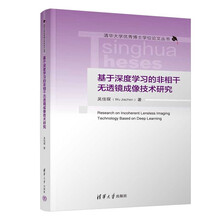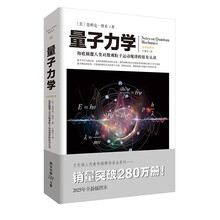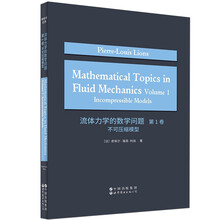1 Electron/Ion Optics
1.1 General ray diagram of TEM
1.2 Electron sources
1.3 Optics
1.4 Detectors
1.5 Ion optics
2 Scanning Electron Microscopy
2.1 Introduction
2.2 Fundamentals of the SEM
2.3 Analytical capabilities of the SEM
3 Transmission Electron Microscopy
3.1 Introduction
3.2 High-resolution transmission electron microscopy imaging
3.3 A new approach to image analysis in HRTEM
3.4 Focal series reconstruction
3.5 Convergent beam electron di raction
3.6 Lorentz electron microscopy
3.7 Electron holography
4 Scanning Transmission Electron Microscopy (STEM)
4.1 Introduction
4.2 The Principle of reciprocity
4.3 Principle of STEM imaging
4.4 HAADF imaging
4.5 ABF imaging
4.6 Scanning Moir e fringe imaging
4.7 Application on micro-area analysis
4.8 Discussion and conclusion
5 Spectroscopy
5.1 Introduction
5.2 Principle of EDS and EELS
5.3 EDS+TEM and EDS+STEM
5.4 EELS-TEM
5.5 EELS-STEM and applications
5.6 Spectrum imaging
6 Aberration Corrected Transmission Electron Microscopy and Its
Applications
6.1 Basics of aberration correction
6.2 Aberration corrected electron microscopy
6.3 Applications of aberration corrected electron microscopy
7 In Situ TEM: Theory and Applications
7.1 In situ TEM observation of deformation-induced structural evolution
at atomic resolution for strained materials
7.2 In situ TEM investigations on Ga/In ˉlled nanotubes
7.3 In situ TEM electrical measurements
7.4 Several advanced electron microscopy methods and their
applications on materials science
8 Helium Ion Microscopy
8.1 Introduction
8.2 Principles¢
8.3 Imaging techniques
8.4 Applications
8.5 Current/Future developments
8.6 Conclusion
展开










